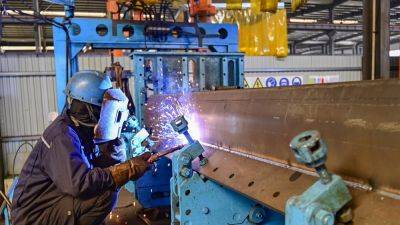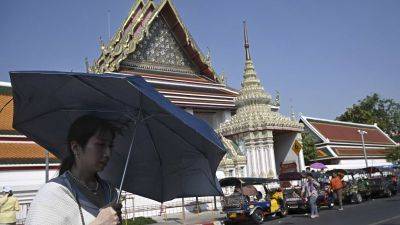China faces US$50 billion shortfall in Southeast Asia as belt and road funds miss their mark
A sizeable sum of infrastructure funding China has allocated to Southeast Asia has gone unfulfilled thanks to political instability in recipient countries, poor engagement with local stakeholders and a declining appetite for energy projects powered by fossil fuels, a new study from the Lowy Institute has found.
“This difference amounts to US$50 billion in unfulfilled project financing, with more than half allocated to projects that have been cancelled, downsized, or otherwise seem unlikely to proceed,” said Alexandre Dayant and Grace Stanhope, who co-wrote the report.
Large-scale infrastructure projects launched under the Chinese initiative are “a prominent feature of [the region’s] development landscape”, the authors wrote.
Among the 34 commitments to megaprojects in Southeast Asia recorded by the think tank, were 24 from China, six from Japan, three from the Asian Development Bank and one from South Korea.
China’s 24 projects were worth a combined US$77 billion in financing commitments, but also represent more than US$52 billion in implementation shortfalls. The average completion rate was 33 per cent, with eight projects worth about US$16 billion finished and another eight “on track”, although two have been “substantially downsized”.
06:32
China’s Belt and Road, 10 years on
“Five projects worth US$21 billion have been cancelled, while another three projects worth US$5 billion seem unlikely to proceed,” authors said.
Many overseas analysts attributed the changes to China’s deteriorating economic conditions and debt crises in borrowing countries.
Authors named the East Coast Rail Link project in Malaysia, the Thailand-China high-speed railway, the PNR Bicol line and the Mindanao Railway in the Philippines, as well as a deep-sea







